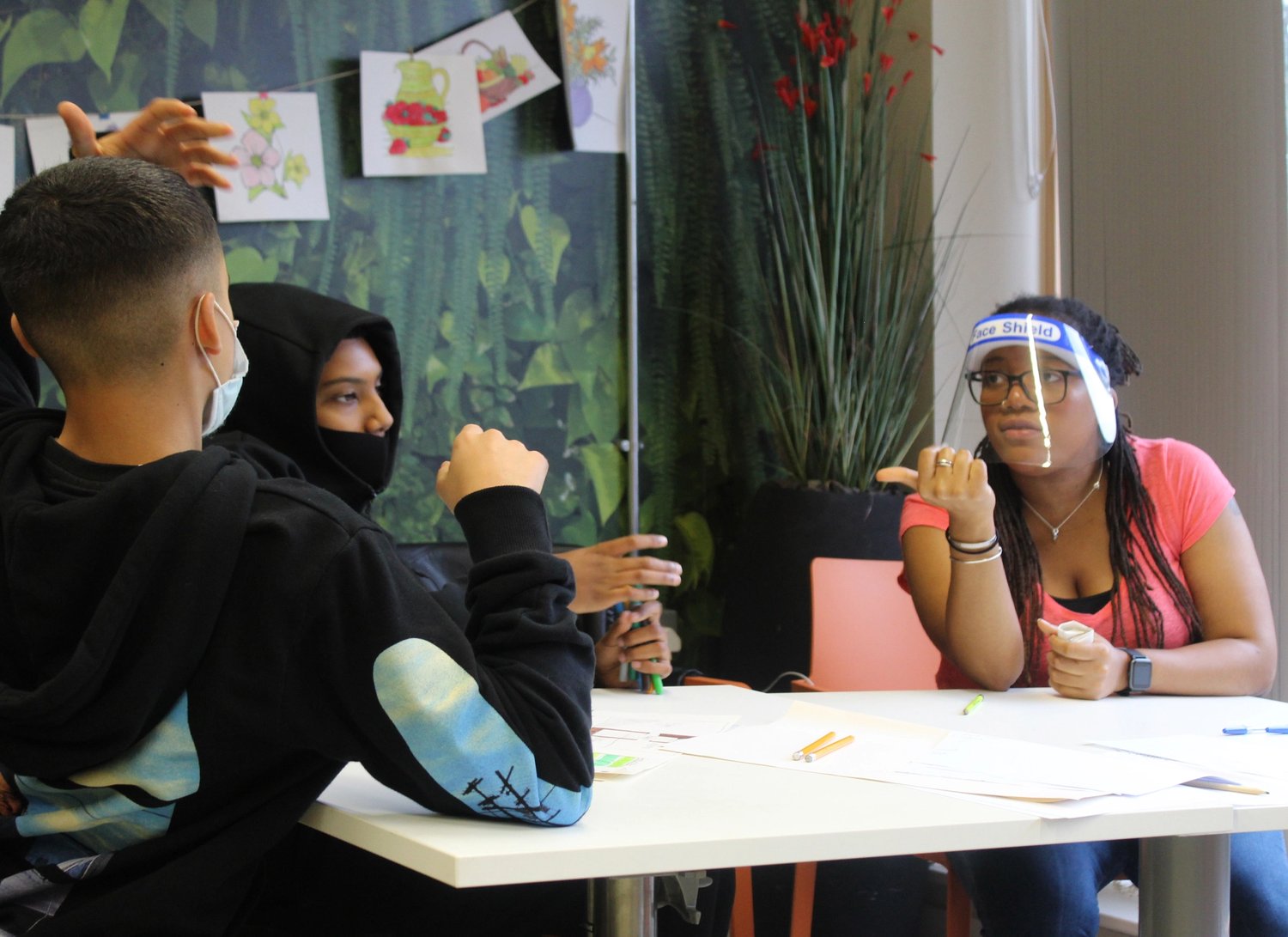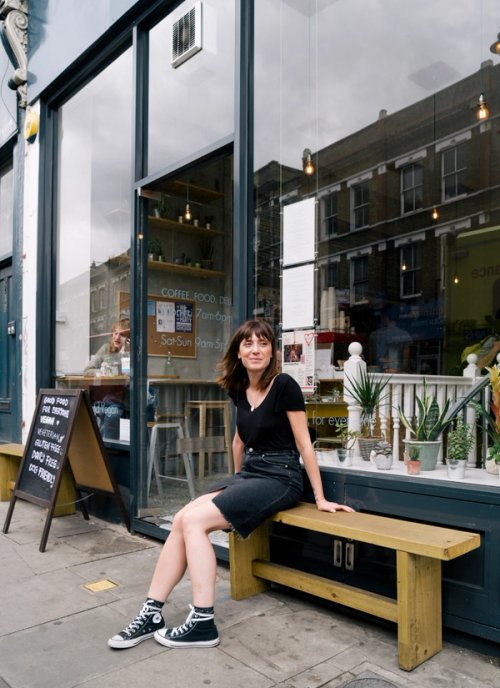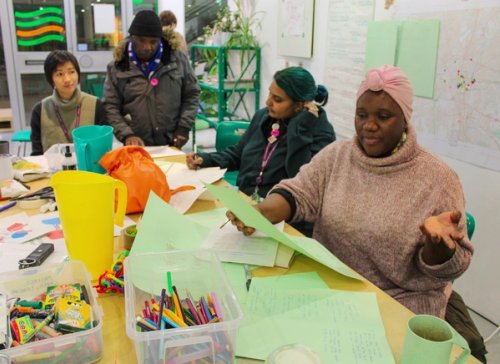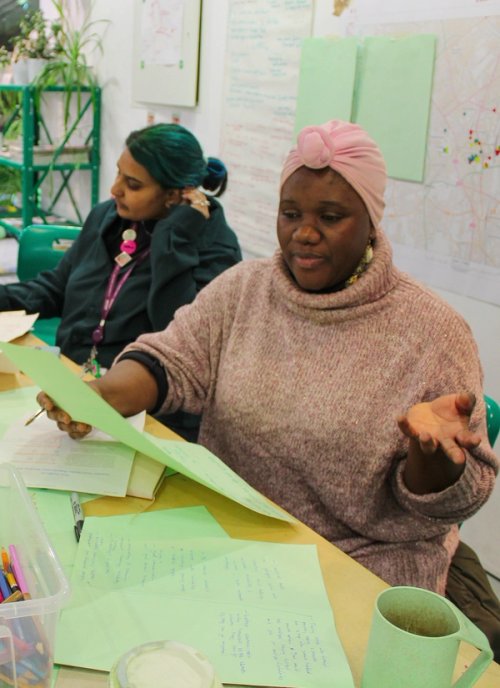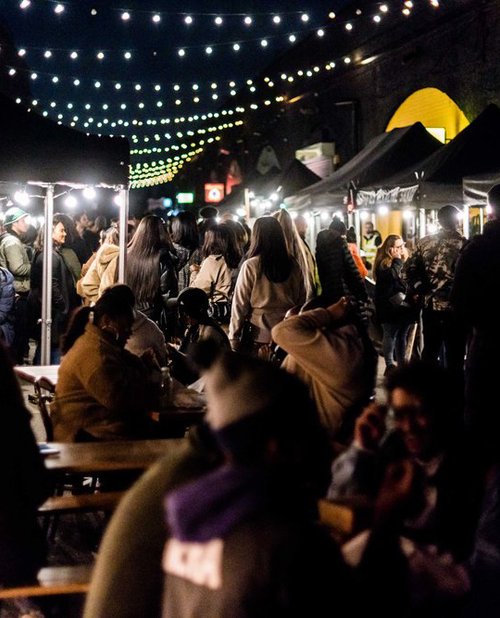When it comes to engagement, is face-to-face always best?
Emily Temperton and Larry Botchway
22 March 2022
In March 2020 the impact of the COVID-19 pandemic and resulting lockdown tested us all and forced us to question how we do things. We know that disadvantaged communities have been some of those hardest hit by the pandemic and addressing imbalances in our society has been brought to the fore.
The need for equitably designed places is ever more critical and this has sharpened our focus on expanding our reach to seek different perspectives to our own. It became more important than ever to find new ways to expand our outreach and continue community conversations, forging stronger and more resilient communities in spite of social distancing restrictions. However, as restrictions have eased, we are now faced with a new dilemma: how should we balance face-to-face with online engagement to achieve the optimum balance of inclusivity, quality of engagement and safety?
Engaging directly with communities has always been a key focus of We Made That’s projects in the quest to make better places for all. The complexities of engagement processes have been further challenged by the pandemic but this has also provided a great opportunity to question the way we do things, explore how we can do better and support our clients to do so too.
We’ve found an emphasis on using our position in the middle between clients and the communities they serve as a place of influence to do better in widening our reach to those voices at the edges, seeking to understand different perspectives to our own. A position in the middle helps us to work as facilitators to connect to already well-established voices on the ground and allows us to stay nimble in traversing and testing the many and varied ways we can engage local voices.
Whilst pandemic restrictions were in place, using digital tools became the most immediate way forward to support meaningful conversations with the communities where we were working. Our immediate response to this challenge was to put together a Virtual Engagement Toolkit to send to our Local Authority clients to help navigate the key thresholds and decisions to continue with good public dialogue. The following three ideas across three scales are examples of how we put ideas from this toolkit into practice.
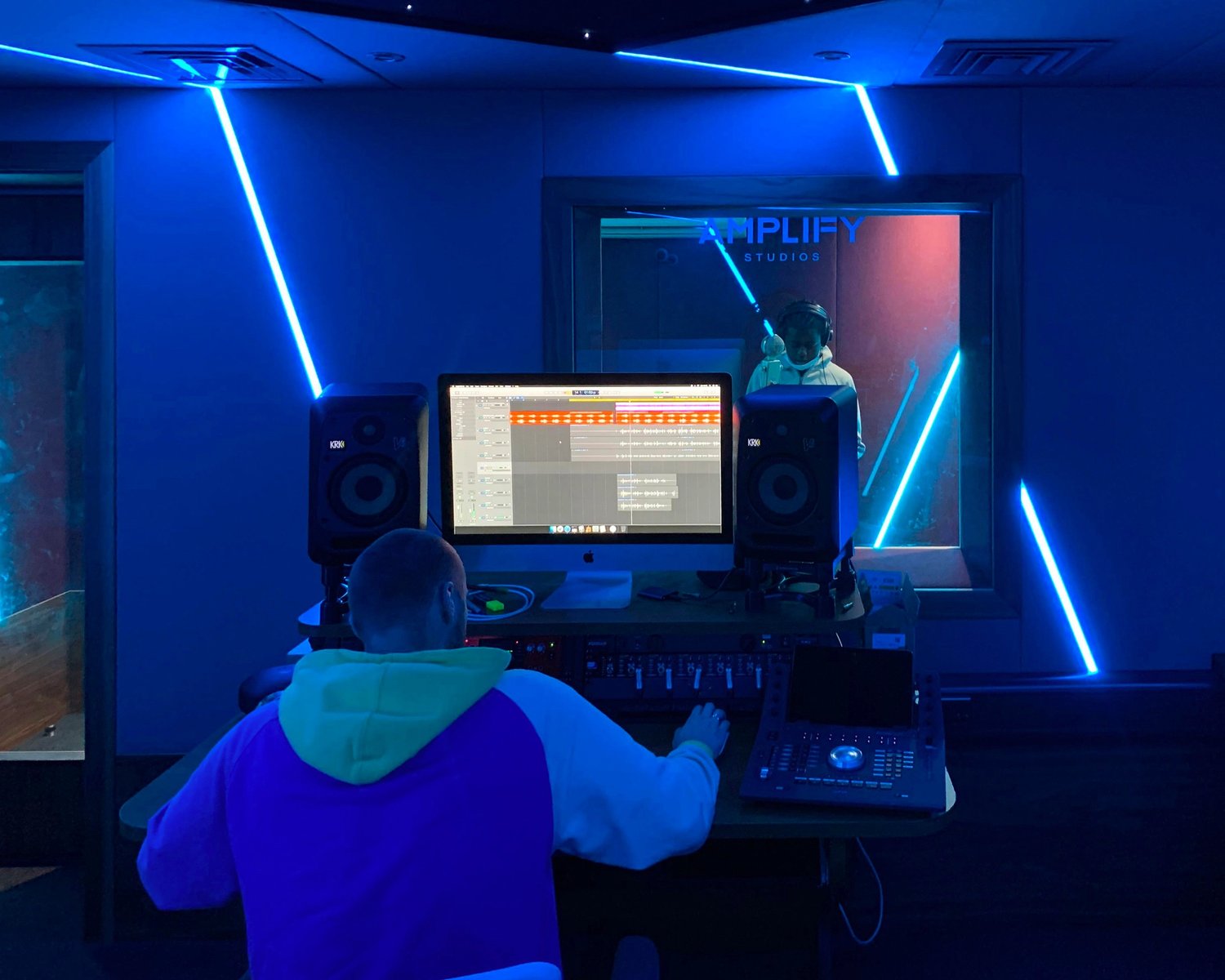
Kensal Voices podcast
When the pandemic hit, the Kensal Voices programme had to immediately move online and the digital divide became ever more apparent. Initiated before the start of the pandemic, the programme was set up to involve young people aged 13-19 in the conversation about change in the Kensal Canalside Opportunity Area.
We partnered up with the Octavia Foundation to run the programme, who were already doing great work in the area with well-established networks. This allowed us to explore with local young people whether they had the appetite or ability to participate in the programme before assuming anything on their behalf. For many young people it became almost impossible to engage; either because of lack of access to digital equipment, or the capacity or confidence to get involved online.
Setting a framework and structure of varied workshops that could adapt became a crucial part of navigating the waves of changing restrictions, determining a blend of continuing workshops online and in-person.
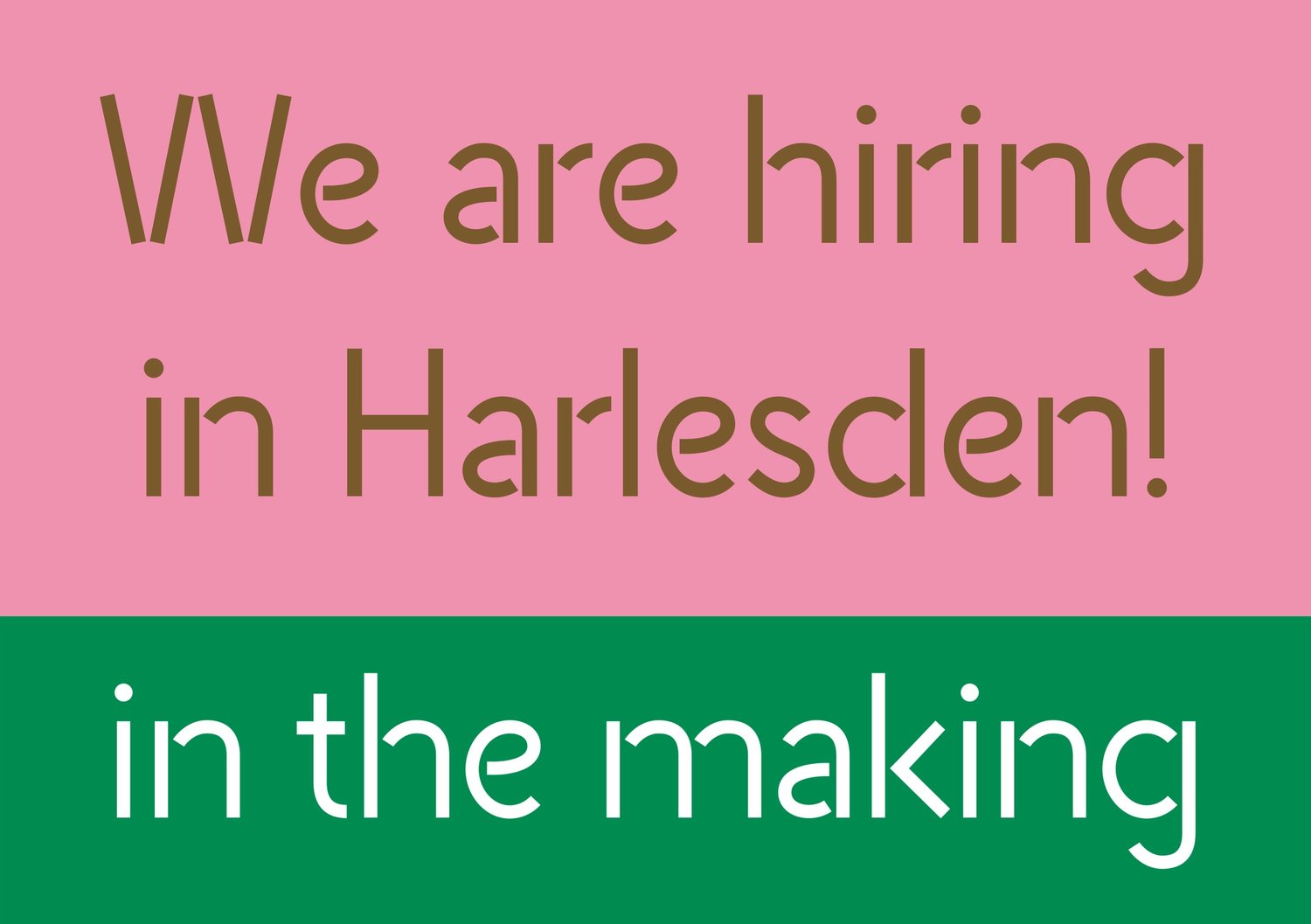
Harlesden Canalside Local Community Coordinator
As part of a project to explore improvements to the Harlesden Canalside area, we spotted an opportunity to bring a local voice into the project team who already has a close relationship to the local community.
We recruited Anita Whittaker to join the team as our Local Community Coordinator. Anita worked with the team to assist, plan, develop and run a programme of events and activities for the project. As a local resident and an active member of the community, Anita played a key part in the engagement and prototyping phase, where the team worked with local people and groups to discuss, experiment and determine what uses would be most suitable and sustainable for Harlesden Canalside.
By bringing someone who has established connections straight into the centre of the conversation about change in the Harlesden Canalside area, this approach helped to build capacity of local community groups, championing the project locally and contributing to its legacy.
Anita’s role as a ‘community connector’ linked the project and engagement process to people rooted in the local community better than we could have done as outsiders; spending time on the ground and using established networks to widen the reach and help find the voices of seldom-heard groups.
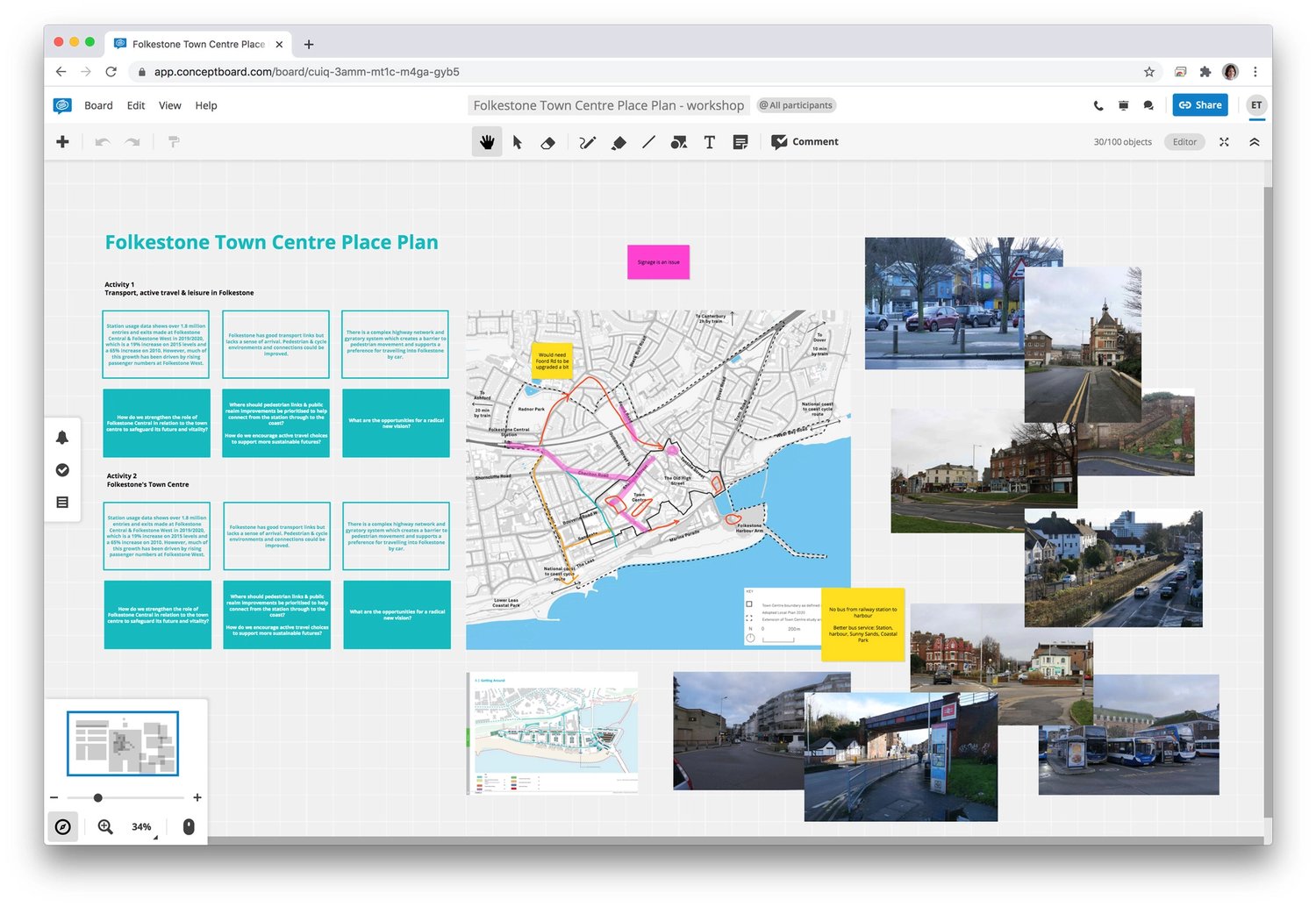
Folkestone Place Plan engagement programme
We held an ambitious programme of community engagement events to make sure that the Place Plan for Folkestone Town Centre was guided by the views and needs of local people and visitors. Undertaken during the tightest lockdown restrictions, the engagement approach required a process of continual review to explore a variety of approaches to digital events and communication methods expanding reach as far as possible. The process involved collaborative tools for online workshops, one-to-one conversations, a dedicated website and two public webinars on YouTube accompanied by non-digital methods of communication.
A common pre-conception was that it’s always better to have conversations in person; the process in Folkestone showed it’s not always so clear cut. Over two virtual webinars we held for the Folkestone Place Plan, 266 people attended – far in excess of the numbers we would expect for in-person evening presentations. Added to impressive attendance figures, the digital format of the events allowed participation from groups who might otherwise be excluded, including a poignant contribution from a young woman with disabilities who had pre-prepared a statement on her assistive speech device. We had to work hard to expand reach digitally by tapping into established networks and channels, but with appropriate outreach, digital engagement can offer genuine benefits.
Now that we are progressing with the next phase of work in Folkestone, we are able to balance in-person engagement with a complimentary virtual programme – allowing us to address and overcome the twin issues of digital and physical exclusion.
